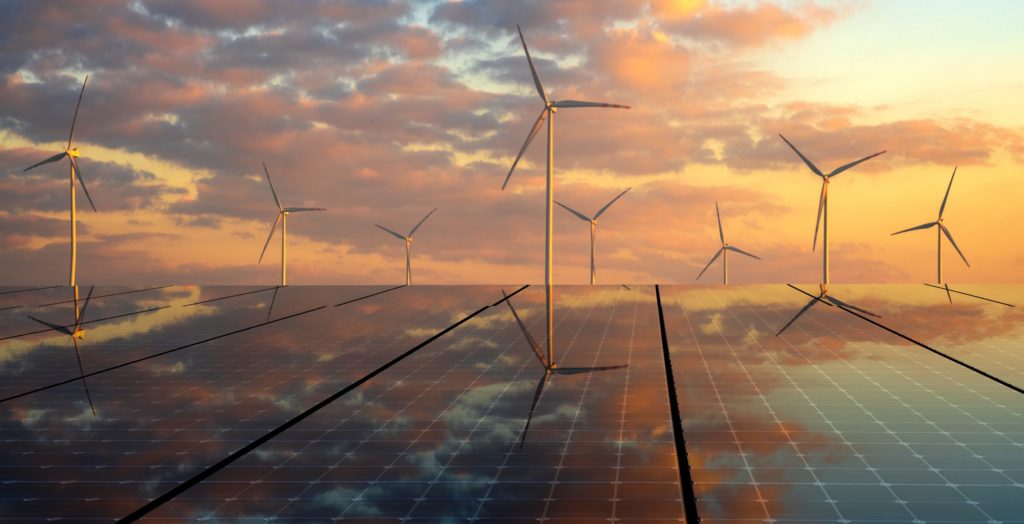Reform California’s Water Policies
As California emerged from a historically tough five-year drought in 2017, then-governor Jerry Brown signed two new laws that required local water agencies to limit water use to 55 gallons per person per day, with water-use allotments dropping to 50 gallons by 2030. Despite some misreporting to the contrary, these limits on individuals were not enforceable.
Instead, the state imposed fines on districts that failed to meet the new targets. It was pretty clear what direction the state was taking: Since then, California has gone all in for extreme conservation measures that could eventually lead to rationing as water-use allotments drop. Unless something changes, it may be only a matter of time before such policies lead to personal restrictions on lawn-watering, car-washing, and even showering.
While Brown surely was right that California needed to address its water shortages even in non-drought years, he was wrong to suggest that the solution is more of these government mandates for conservation among urban and commercial water-users. We all felt relief when the rains started that year, but the respite was short-lived — and it punted the debate to another day.
That day is fast approaching. As of early March, federal-government data show that 99.3 percent of the state is abnormally dry, with 90.9 percent facing moderate drought, 58.6 percent in severe drought, and 29.5 percent in extreme drought. The 2020–21 winter rainy season was a disappointment, and with that short season ending, we’re left with insufficient Sierra Nevada snowpack and low reservoir levels.
State policy-makers will soon turn their attention away from the coronavirus, the unemployment scandal ($31 billion in fraudulent payments to scammers, as legitimate recipients waited for their checks), and a likely gubernatorial-recall campaign to focus once again on water issues. Unfortunately, Governor Gavin Newsom is even less likely than Brown to approve the projects that could address our recurring shortages.
Before we turn to those projects, let’s float some basic water-use numbers. Around 50 percent of the state’s available water flows unimpeded to the Pacific Ocean. Agriculture uses 40 percent and urban users (commercial and residential) account for the final 10 percent. State officials fixate on eking out additional savings from residences, which use only 5.7 percent of available water resources.
“If all the savings from water rationing amounted to 20 percent of our residential water use, then that equals about 0.5 million acre-feet, which is about 10 percent of the water used to irrigate alfalfa,” wrote the pseudonymous Scott Alexander in his blog, Slate Star Codex. He argued that the state could buy out alfalfa farmers to achieve the gains it’s trying to get out of urban users, adding, “I realize that paying people subsidies to misuse water to grow unprofitable crops, and then offering them counter-subsidies to not take your first set of subsidies, is to say the least a very creative way to spend government money — but the point is it is better than what we’re doing now.” It’s a reminder of the incoherent mess that is modern California water policy.
Many agricultural subsidies are a vestige from the past, when the agricultural industry was more powerful than it is today. These days, the environmentalist lobby is in the driver’s seat — and it sees conservation and rationing as ends in themselves. The state hasn’t built significant water infrastructure since the 1970s, when the population was half its current 40 million.
In 1919, when California’s population was 3.35 million, it faced a similar problem. That year, the California State Irrigation Association distributed a water-infrastructure blueprint by Colonel Robert Bradford Marshall, a geographer, who wrote, “The people of California, indifferent to the bountiful gifts that Nature has given them, sit idly by waiting for rain, indefinitely postponing irrigation, and allowing every year millions and millions of dollars in water to pour unused into the sea.”
In the ensuing years, the state and federal governments, through the State Water Project and the federal Central Valley Project, built a remarkable system of dams, reservoirs, and canals, which provide the water that sustains the current population and turned the Central Valley into one of the world’s most productive agricultural regions. These projects also eliminated massive and routine floods. California used to fund water projects appropriately, via revenue bonds paid by end users.
California water policy has devolved largely into an insane battle over fish habitats. Fish populations are important, but flushing more water down the rivers isn’t doing much to revive their still-declining numbers. During the last drought, I covered a contentious meeting at the Oakdale Irrigation District, in the Sierra Nevada foothills east of the San Joaquin Valley city of Modesto, where officials were draining two reservoirs to help a handful of hatchery-raised steelhead trout. “Now we have sizable communities that eventually might open the spigots and have no water,” I wrote, “to help a fish so common I had it for dinner this week.”
How did we reach this place? State and federal bureaucrats have been implementing inflexible rules, which are the result of legislation and court decisions. Today’s environmental groups operate as litigation machines. They fight almost every proposal to expand the state’s water resources — from slightly boosting the height of existing dams to building reservoir projects that have been in the planning stages for decades.
In my book Winning the Water Wars, I detail how California can meet its water needs. The state can promote abundance through targeted infrastructure improvements, water recycling, desalination, public–private water projects (such as the Cadiz Water Project, which would tap an aquifer the size of Rhode Island), and better water-pricing so that water can more easily be bought and sold.
Most proposals run up against the usual cast of bureaucratic and environmental characters. The environmental movement and its friends in state government are using water policy as a means to achieve broader goals. For instance, the California Coastal Commission, which advocates slow growth, for years has delayed the approval of a Huntington Beach desalination plant at a shuttered energy facility over worries about the impact on — get this — plankton. A concern about depleting a small amount of drifting whale food in the massive Pacific Ocean seems like a red herring to stop the plant.
Despite years of inaction, California can still avoid taking draconian steps. It needs to do what previous generations have done: Tap new water resources and build sufficient infrastructure to capture and store water during rainy years so that it has enough during dry ones. It needs to plan, rather than live at the mercy of Mother Nature.
In 1987, former Democratic governor Pat Brown recalled his approach toward the state’s water shortages. “If we had not built the Oroville Dam, the Edmund G. Brown Aqueduct and the San Luis Reservoir, California would be facing a tremendous water shortage,” he wrote. It’s a straightforward idea that used to be widely shared even by environmentalists.
“Californians have only to see to it that the forests on which the regular and manageable flood of the rivers depend[s] are preserved, that storage reservoirs are made at the foot of the range and all the bounty of the mountains may be put to use,” wrote John Muir, the Sierra Club founder. The problem isn’t a lack of rain but a lack of political will to assure that Californians have enough water that there’s no need for rationing.







